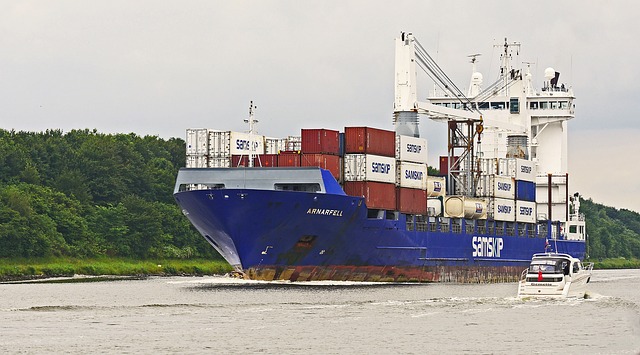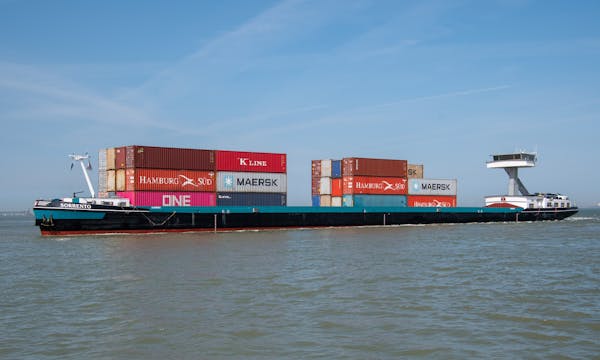Sea Freight from Guangzhou/Shenzhen to Rio de Janeiro Port, Brazil: 20FT/40FT FCL and LCL Shipping, with a 35-Day Voyage
Shipping Routes and Transit Time
The typical sea freight journey from Guangzhou or Shenzhen to Rio de Janeiro takes approximately 35 days depending on the specific shipping line and route chosen. This is a direct route that generally passes through key ports in Southeast Asia or the Middle East, before heading to Brazil.
Full Container Load (FCL):
- For businesses that have large quantities of goods to ship, Full Container Load (FCL) is the preferred option. This allows for a dedicated container, either 20FT or 40FT, depending on the volume of the shipment. FCL shipping ensures that your goods are the only ones in the container, offering better security and potentially lower costs per unit when shipping larger volumes.
Less-than-Container Load (LCL):
- If your shipment doesn’t fill an entire container, Less-than-Container Load (LCL) is the most economical solution. In LCL shipping, your goods share the container space with those of other shippers. While it offers cost savings for smaller volumes, it requires more coordination in terms of loading and unloading at both the origin and destination ports. This option is especially useful for smaller shipments of items such as circuit boards.

Cargo Packaging
Proper packaging is crucial when shipping goods, particularly sensitive items like circuit boards. Here are some essential packaging tips to ensure that your cargo arrives in optimal condition:
Protective Packaging:
- Circuit boards are highly sensitive to moisture, dust, and physical impact, so it’s essential to protect them properly during transit. A combination of anti-static bags, bubble wrap, and foam padding is recommended to protect the delicate components.
Wooden Crates and Boxes:
- Once the circuit boards are securely packed in anti-static bags and cushioning materials, they should be placed inside solid wooden crates or strong cardboard boxes. Wooden crates are preferable for heavier or larger shipments, providing extra security and protection during handling.
Sealing and Labeling:
- Ensure that the packaging is properly sealed with high-quality tape. Additionally, all shipments should be clearly labeled with the correct consignee information, product details, and handling instructions (e.g., “Fragile,” “This Side Up,” or “Keep Dry”). This helps prevent handling mistakes during transit.
Moisture Control:
- Given the long transit time and potential for varying weather conditions, including moisture during sea transport, it’s crucial to use desiccants or moisture control packets inside the boxes to absorb any excess moisture and protect the circuit boards from corrosion.
Barcoding and Tracking:
- For easier tracking and to ensure the smooth delivery of goods, consider using barcodes or QR codes on your packaging. This helps streamline the process both at the port of origin and destination.

Customs and Port Handling
Both Full Container Load (FCL) and Less-than-Container Load (LCL) shipments will require customs clearance at both the Chinese and Brazilian ports. The following steps should be undertaken:
Customs Clearance in China:
- Before shipping, make sure all documentation is in order, including the commercial invoice, packing list, and bill of lading. The customs authorities in China will inspect the shipment, verify the details, and ensure compliance with export regulations.
Customs Clearance in Brazil:
- Upon arrival at the Port of Rio de Janeiro, the cargo will go through Brazilian customs. Proper documentation is required, including the invoice, import declaration, and proof of origin (usually a certificate of origin). It’s essential to work with a customs broker to ensure all the necessary taxes and duties are paid, and the goods clear customs smoothly.
Delivery to Consignee:
- Once the goods clear customs, the final leg of the journey involves transporting the goods from the port to the consignee’s warehouse or distribution center. This can be arranged by either truck or rail, depending on the destination.



